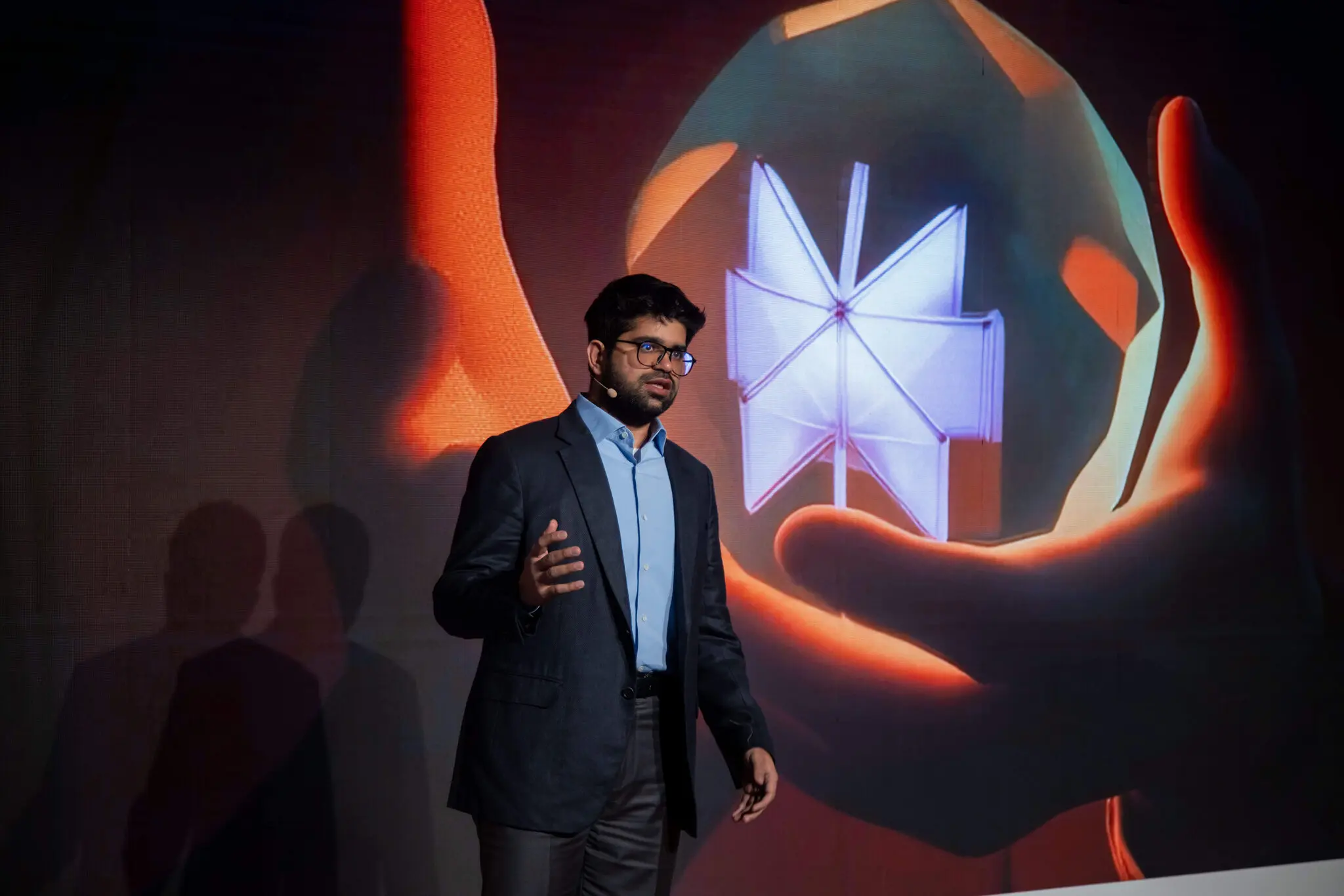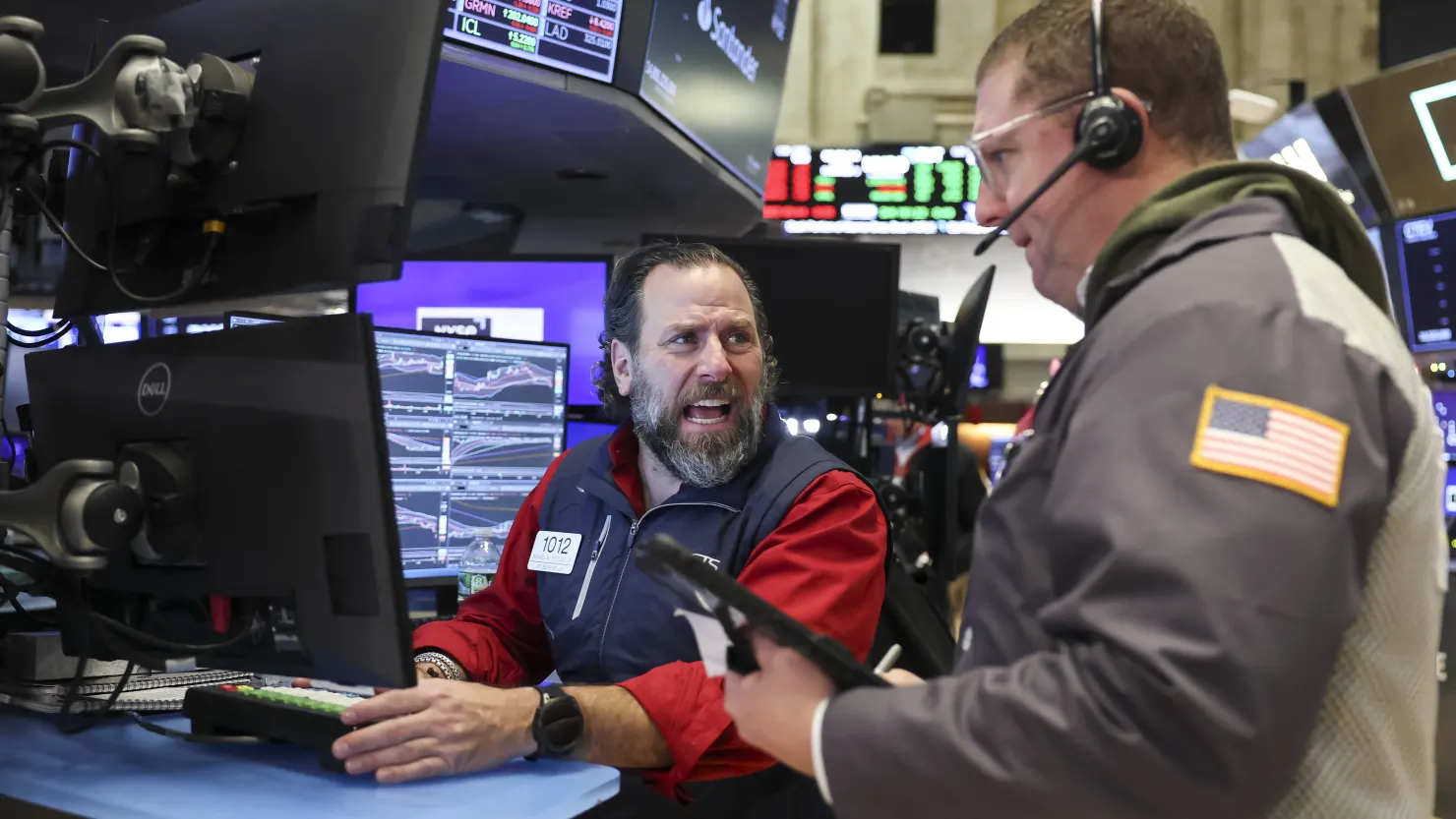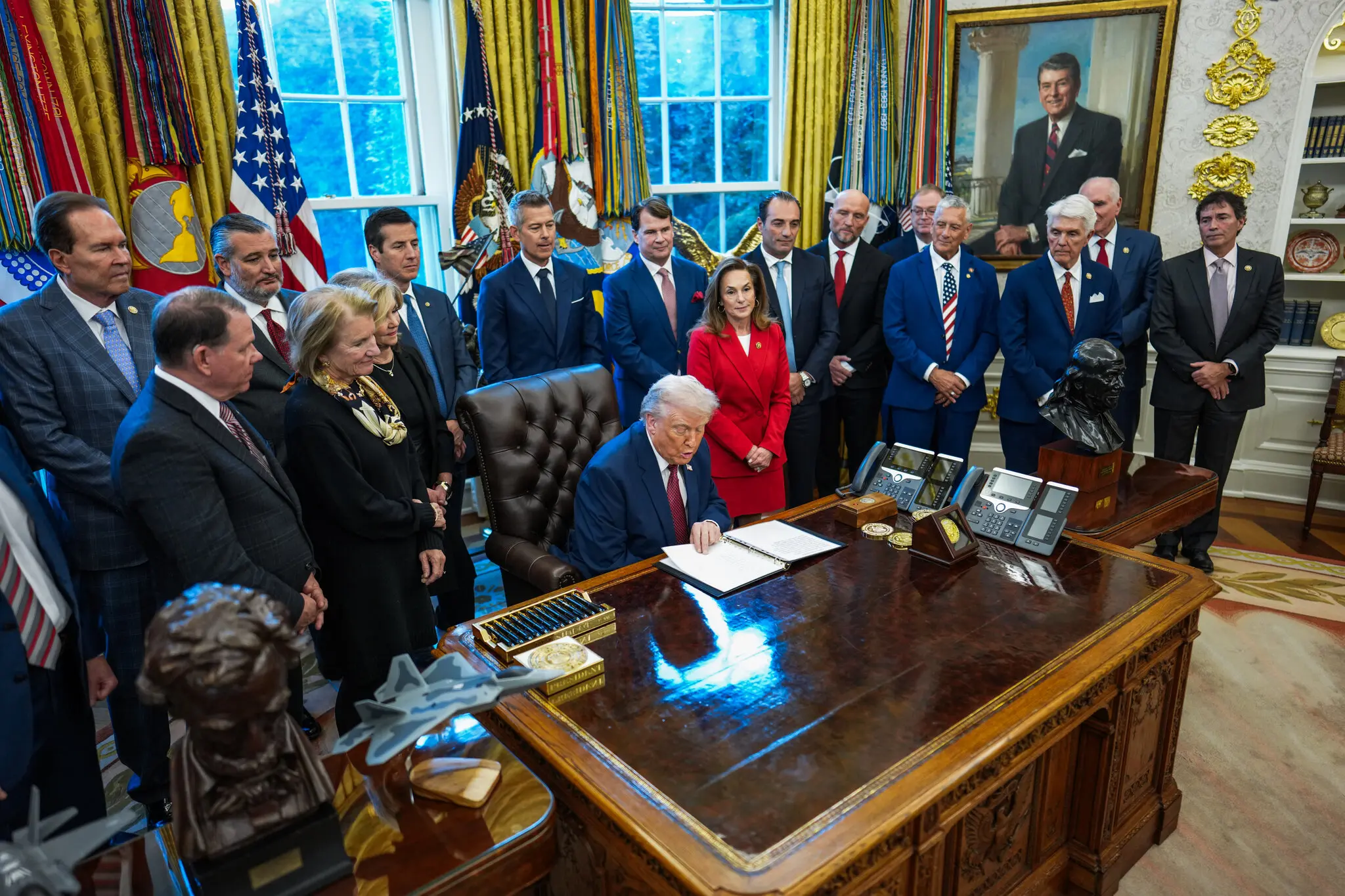In a groundbreaking move that underscores the rapid evolution of the artificial intelligence (AI) industry, OpenAI has entered into a substantial agreement with semiconductor giant AMD. This partnership, valued at tens of billions of dollars, marks a significant step in the convergence of AI development and infrastructure, leading to what industry analysts are now referring to as the “AI mega-blob.”
A Transformative Deal
The core of the agreement involves OpenAI committing to purchase six gigawatts’ worth of AMD’s advanced microprocessors over several years. This deal encompasses the deployment of hundreds of thousands of AMD’s AI chips, starting with the MI450 series in the second half of 2026. To further solidify their collaboration, AMD has granted OpenAI the option to acquire up to a 10% stake in the company, contingent upon the fulfillment of specific milestones tied to the chip deployments.
Blurring the Lines Between AI Development and Infrastructure
Historically, companies specializing in AI development and those providing the necessary infrastructure operated in distinct spheres. However, this partnership exemplifies the increasingly blurred boundaries between the two. OpenAI’s substantial investment in AMD signifies a shift towards a more integrated approach, where AI developers are taking active roles in securing and shaping the infrastructure that powers their innovations.
This convergence is not limited to OpenAI and AMD. Other major players in the AI sector, such as Anthropic, have similarly engaged in strategic partnerships with tech giants like Amazon and Google. These collaborations are reshaping the landscape of AI development, fostering an ecosystem where competition and cooperation coexist in complex interdependencies.
The Emergence of the ‘AI Mega-Blob’
The term “AI mega-blob” has been coined to describe the intricate web of relationships forming within the AI industry. This interconnected network comprises investments, supply chains, and partnerships that link companies across various stages of AI development and deployment. While this ecosystem facilitates rapid advancements and resource sharing, it also introduces new challenges and risks.
One of the primary concerns is the potential for systemic vulnerabilities. The interdependence among companies means that a disruption in one area—be it a supply chain issue, financial instability, or technological setback—could have cascading effects throughout the entire network. This interconnectedness amplifies the impact of any single failure, raising questions about the resilience and sustainability of the AI industry’s rapid expansion.
Financial Implications and Market Reactions
The scale of the investments involved in these partnerships has drawn attention from financial analysts and investors. OpenAI’s commitment to spending billions on AI infrastructure, coupled with its option to acquire a significant stake in AMD, underscores the immense capital required to support large-scale AI initiatives. This financial outlay has implications for OpenAI’s cash flow and long-term profitability, prompting discussions about the company’s financial strategy and sustainability.
In the broader market, AMD’s stock experienced a notable surge following the announcement of the deal, reflecting investor optimism about the company’s strengthened position in the AI sector. Conversely, some market observers have expressed caution, citing concerns about the potential for overvaluation and the risks associated with such large-scale investments.
Historical Parallels and Future Outlook
The current landscape of AI development shares similarities with past periods of rapid technological advancement, such as the railroad expansion of the 19th century. During that era, speculative investments and interconnected ventures led to significant growth but also to eventual overextension and financial instability. Drawing parallels to this history, some experts warn that the AI industry’s current trajectory could face similar challenges if growth outpaces sustainable development.
Looking ahead, the evolution of the “AI mega-blob” will likely continue to shape the dynamics of the technology sector. As companies navigate the complexities of collaboration and competition, the industry’s future will depend on balancing innovation with prudent financial and operational strategies.
Conclusion
OpenAI’s partnership with AMD represents a pivotal moment in the AI industry’s development, highlighting the growing interdependence between AI developers and infrastructure providers. While this collaboration promises to accelerate advancements in AI technology, it also introduces new challenges and risks that must be carefully managed. As the industry moves forward, the concept of the “AI mega-blob” will undoubtedly influence the strategies and decisions of companies operating within this rapidly evolving space.
















Leave a Reply